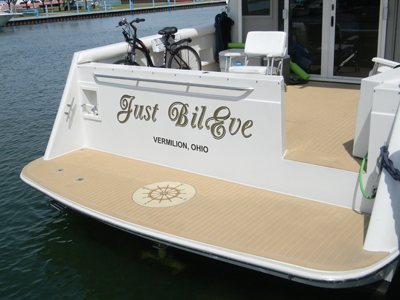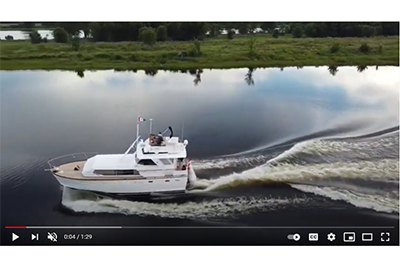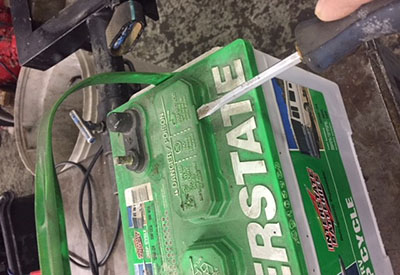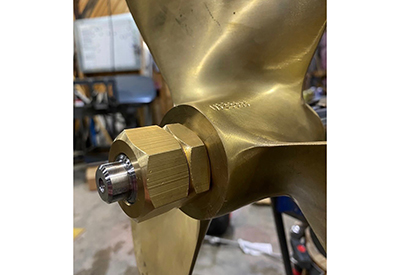Ask Andrew: Off-season Prop Repairs
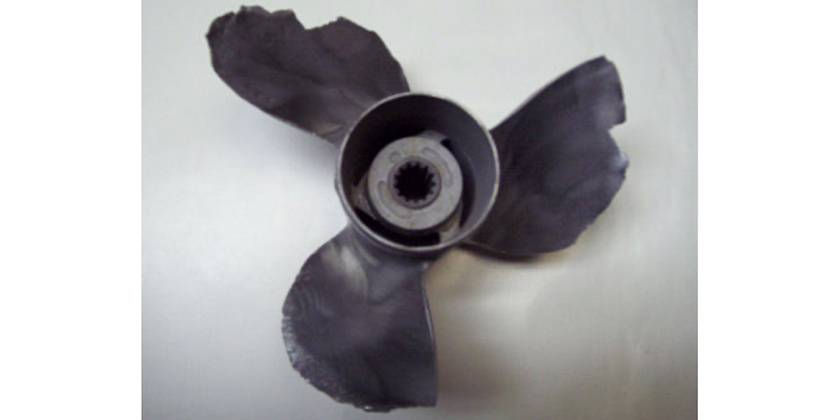
Jan 11, 2024
With boats out of the water and underwater machinery exposed, it’s a great time to examine these areas of the boat and investigate the types of repairs that may be needed before re-launching.
The boat’s propeller is a particularly important part of the vessel: Turning in one direction, it pushes the boat forward through the water. Spinning in the opposite direction, it draws the vessel astern. Without it, controlled careful movement can be tough, if not impossible.
On power boats, the prop is also one of the lowest features on the boat (the deepest part below the water’s surface); meaning that if you explore anywhere too shallow, the prop in danger of being quickly damaged.
(While the risk of quick damage to a propeller isn’t as high on a sailboat, damage poses the same sorts of risks – which isn’t limited to the inability to maneuver.)
As most long-time boat owners will attest: Sooner or later you will likely have a damaged prop. How does it happen?
1) Grounding – the propeller hits a shallow lake bottom. Damage can range from worn paint (in the case of sandy bottoms) to chips, chunks or broken blades (in the case of rocky bottoms).
2) Debris in the water – the propeller spinning below the surface of the water can hit or snag on items below the water’s surface: logs, debris, garbage, or fishing line. This can result in damage ranging from chips
3) Ropes – get wrapped around turning props and shafts, causing bending and twisting

Whichever way the prop was damaged, there are a few results of damage:
- In the case of chips, cracks or broken blades: the result will be a prop that is out of balance. This out of balance prop will vibrate as it turns, and cavitation can occur. The operator will immediately see this in poor engine performance, poor gas mileage and bad cornering. Longer term, the inner prop hub, prop shaft, shaft seals and bearings can be affected.
In short – what started as a small chip can become a full lower-unit rebuild (to the tune of many thousands of dollars) very quickly
- In cases where the propeller shaft is affected (ie shaft becomes bent or distorted), the result can be poor performance and gas mileage, but the sound and ‘feel’ may not be quite as obvious as chips or cracks in a propeller. This is why, whenever a grounding or line is wrapped around the prop or shaft, the shaft is checked to see if it remains within specification. To do this, a marine technician will use a dial gauge to check the ‘run out’, which will determine if there is a bend. A small bend can become a larger bend, and any sort of out-of-balance state can result in vibration or cavitation. Left unprepared, this can lead to the seals in the transmission, outdrive or lower unit being damaged, in turn damaging gears and bearings. Once again, a small bend can become a major repair if left over time.
Here’s the great news:
Most small dings or bends in an aluminum prop can be repaired for a decent price. Many marine mechanic shops will have a contractor available for prop repair (since they are quite common). A good service shop will ensure that the diameter of the prop isn’t lessened during the repair, and that the blade angle (pitch) remains as it should.
Keep in mind that aluminum propellers for outboards are intricate, but brittle – and the repair requires precise straightening and welding. When performing these repairs, the prop will suffer significant strength loss. Stainless steel propellers cost much more to buy, but they are much more difficult to work with and repair. That said, once properly repaired, they can be almost as good as new.
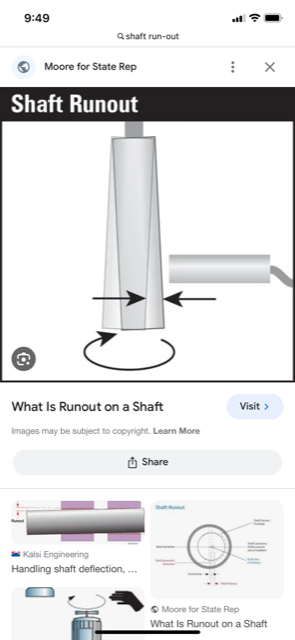
Here are some tips to keep your prop (and associated systems) in good form:
- Take some time to examine your prop each off-season: Remove the prop from the shaft and ensure that the splines, hub, and blades remain in good condition. Check the lower unit/outboard (in the case of outboard and stern drive units) for pro-shaft seal wear, and condition of the gear oil. If the gear oil is milky in colour, or the shaft seal is worn, more extensive review should be performed by a marine technician. Check for fishing line caught around the prop to prevent seal wear.
- Examine your prop blades through the season (if possible). This is often easier said than done. If there is an opportunity to visually check on the state of the propeller, it can stay ahead of any prop-related issues.
- Repair any issues as soon as they arise. If the boat grounds, or has any impact, address the issue right away. This will prevent any further damage, and will give you piece-of-mind.
- Match your propeller diameter and pitch to your application – having the correct size prop to match you engine and cruising style will allow your engine to run more efficiently with less wear-and-tear.
- Carry a spare prop. Just in case.
The off-season is a great time to to line up any repairs so that you’re not stuck waiting. If every in doubt, check with a qualified marine technician for advice or support.

Andrew McDonald is the owner of Lakeside Marine Services – a boat repair/maintenance firm based in Toronto. Andrew has worked in the marine industry for 12 years and is a graduate of the Georgian College ‘Mechanical Techniques – Marine Engine Mechanic’ program.
Questions or comments for Andrew? Email him directly via: info@lakesidemarineservices.ca

